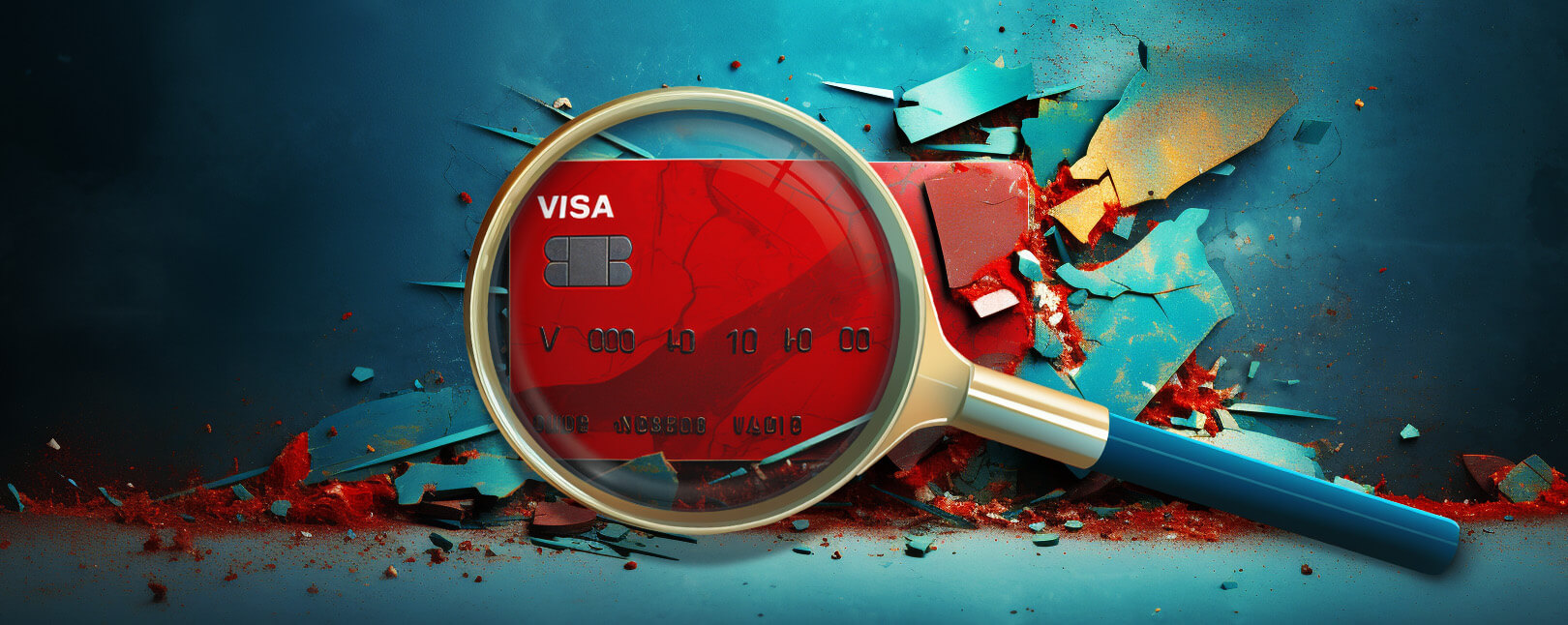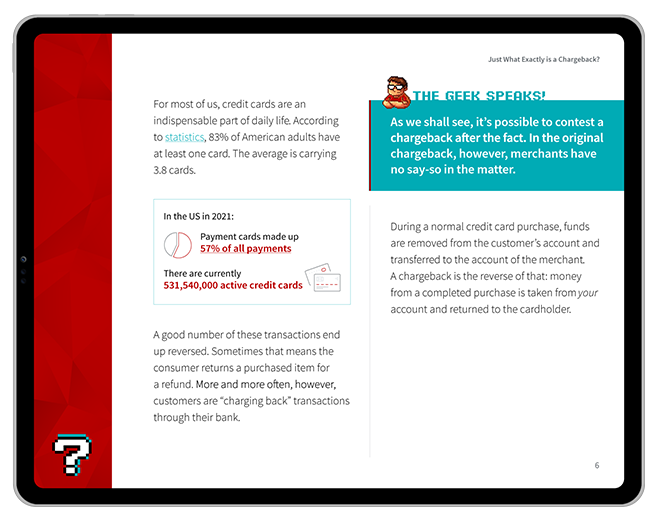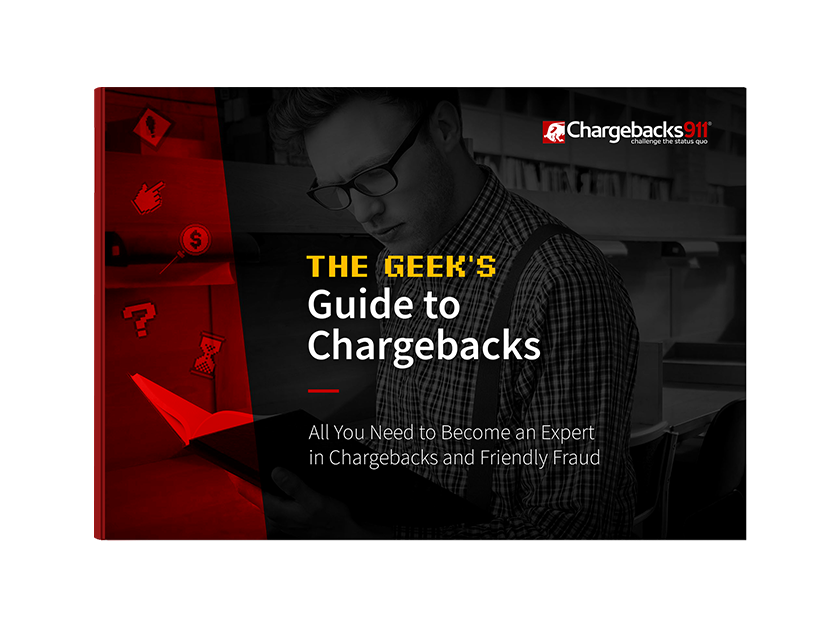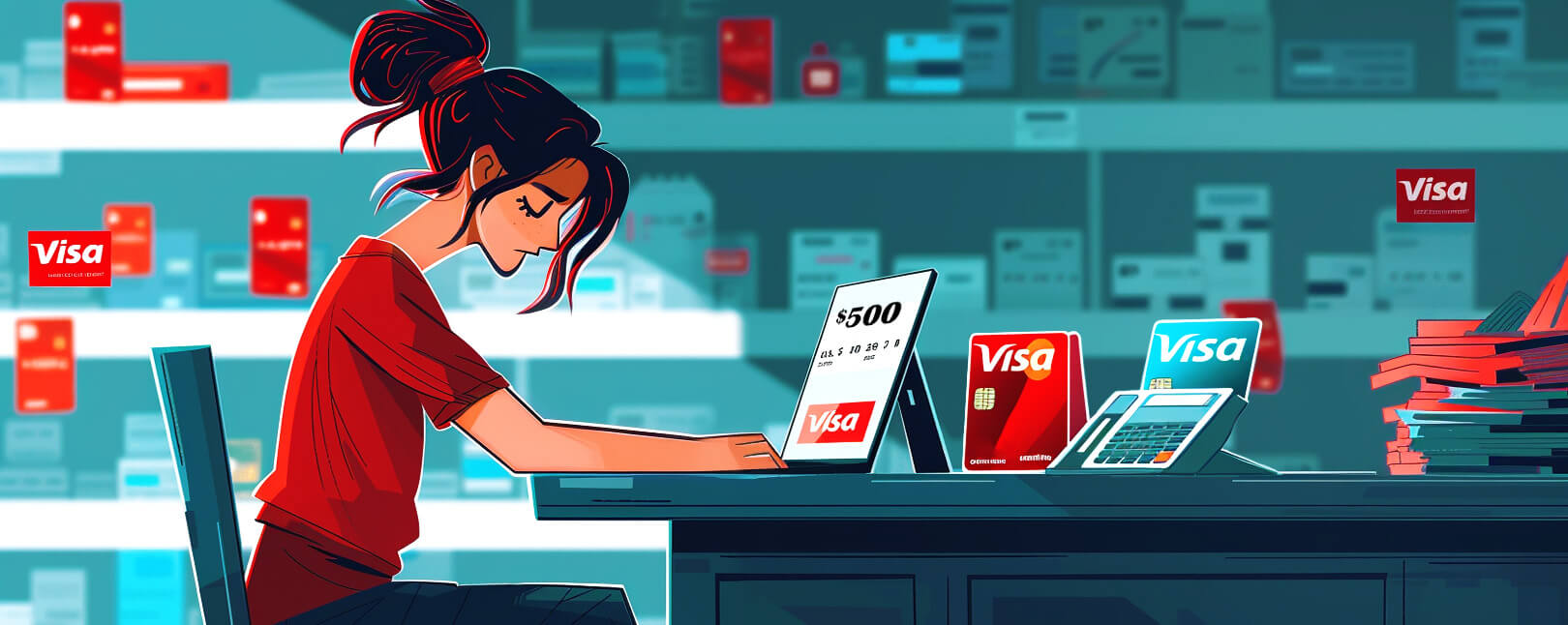Visa Chargeback Thresholds Have Changed: Are You Compliant?
Did you know that Visa maintains its own predetermined monthly limit for the number of disputes it considers “acceptable?”
The Visa chargeback threshold, as outlined in the Visa Dispute Management Guidelines, is the formal chargeback limit placed on merchants by the card network. Breaching the Visa chargeback threshold, or the Visa fraud threshold, can have serious consequences. Noncompliance may mean you see costly fees, time-consuming red tape, and threats to future business.
Learn more about Visa chargeback rules & practicesYour Visa chargeback rate is an essential key performance indicator for other reasons, too. How closely you track this figure — and the actions you take in response — plays a vital role in your business strategy.
Recommended reading
- Visa Debit Chargebacks: Here’s Everything You Need to Know
- Visa Acquirer Monitoring Program: Major Updates to VAMP
- Visa Chargeback Time Limits: The 2024 Guide
- Visa Authorization Rules: Changes to Time Frames & Options
- Visa Chargeback Fees: 8 Tips to Help You Cut Dispute Costs
- Visa Resolve Online: The Guide to Manage Disputes With VROL
What Are Fraud & Dispute Ratios?
Before diving in, let’s make sure we’re clear on our terminology. Fraud and dispute ratios are metrics commonly used by merchants and banks to monitor and manage instances of fraudulent transactions and customer disputes.
Both are critical indicators, as they are used in setting the Visa chargeback threshold. Keeping these ratios low is important to maintain good standing and to avoid financial losses or operational complications.
Fraud Ratio
This measures the level of fraudulent activity among a business's transactions. It's typically calculated by taking the total dollar value of all transactions processed over a given period, and dividing it by the dollar value of all fraudulent transactions processed in that period. The result is expressed as a percentage.
A high fraud ratio is a warning sign. It can lead to increased processing fees from banks or payment processors or even termination of services if left unaddressed.
Dispute Ratio
Also known as the chargeback ratio, this average reflects the frequency with which customers dispute transactions with your business. It's calculated by dividing the total number of transactions during a specific period by the number of chargebacks or disputes in that period.
A high dispute ratio can indicate problems with fraud, or even with product or service quality or customer service. As with your fraud ratio, exceeding the limit imposed by Visa can lead to fines or even loss of the ability to accept credit card payments.
For more information, check out our main article on chargeback and fraud ratios:
Learn more about chargeback your ratioWhat is the Visa Chargeback Threshold?
It’s important to understand two things. First, Visa doesn’t have just one chargeback threshold. Instead, they’ve established separate limits for the “Early Warning” and “Standard” tiers, as well as the “Excessive” tier of the Visa Dispute Monitoring Program (or VDMP).
Second, Visa doesn’t only examine your chargeback ratio. Instead, it bases the allowable chargeback limit on your chargeback ratio and the total number of chargebacks you received during the period in question. You must breach both limits to be considered in violation.
The Visa chargeback thresholds are outlined in the table below:
| VDMP Program Level | Monthly Threshold |
| Early Warning | 0.65% chargeback ratio and 75 chargebacks |
| Standard | 0.9% chargeback ratio and 100 chargebacks |
| Excessive | 1.8% chargeback ratio and 1,000 chargebacks |
Visa rules require acquiring banks to track chargeback activity and flag merchants who breach these thresholds. If you violate one of the thresholds above, you might enter the corresponding tier in the VDMP.
The goal here is for Visa to protect themselves and mitigate risk. They also want to ensure that your sales tactics are ethical and that your methods and technology are compliant with card network protocols. Other card networks like Mastercard have their own preset chargeback limits as well. Learn about these below:
Learn about Mastercard chargeback limitsWhat is the Visa Fraud Threshold?
As with their chargeback limits, the Visa's Fraud Monitoring Program (or “VFMP”) has three tiers of fraud thresholds (Early Warning, Standard, and Excessive).
Visa also bases the allowable fraud limit on your fraud ratio combined with the total number of fraudulent transactions you processed during the period in question. And again, you must breach both limits to be considered in violation.
The Visa fraud thresholds are outlined in the table below:
| VFMP Program Level | Monthly Threshold |
| Early Warning | 0.65% of sales value and $50,000 in gross sales |
| Standard | 0.9% of sales value and $75,000 in gross sales |
| Excessive | 1.8% of sales value and $250,000 in gross sales |

Visa fraud thresholds are set limits within the VFMP to identify and respond to merchants with high levels of fraudulent transactions. The program is designed to protect the integrity of the Visa payment system by reducing fraud and ensuring that merchants take appropriate action to lower their fraud rates.
If you exceed Visa's fraud thresholds, you can face a variety of consequences, including financial penalties, increased scrutiny, and potential loss of Visa processing capabilities if the situation is not remedied.
When calculating your fraud rate, Visa sets a limit on the number of fraudulent transactions considered per cardholder. Only the first ten fraudulent transactions originating from a single cardholder within a month count towards your fraud-to-transaction ratio.
Consequences of Violating Visa Chargeback Thresholds
As you would expect, the consequences for violating thresholds vary depending on the level. Breaching the “early warning” threshold may not result in any immediate consequences. As the name implies, the “early warning” designation is meant to alert you that you’re getting too close to the edge. As such, there are no fines involved or penalties associated.
Going over the standard threshold is more serious. You’ll receive a four-month grace period in which to get your chargeback ratio under control. If you fail to do so, Visa will begin assessing a $50 per chargeback fine with each new dispute. What if you can’t bring your chargeback rate back under the standard Visa chargeback threshold within a year, though? You might have your card processing privileges revoked.
Crossing the threshold for the “excessive” tier has the harshest penalties. There is no grace period; fines start immediately and continue until you are removed from the program or your account is canceled by Visa.
You can exit the VDMP at any level if you keep your chargeback rate below the Visa chargeback threshold for three consecutive months. The same applies for the VFMP; you must remain below the threshold for three consecutive months. If you are successful for two months, but then breach the threshold again, the timer starts over.
Also, remember that each chargeback counts toward your total. This will happen even if the chargeback was invalid (as in the case of friendly fraud) and you manage to reverse the chargeback through the representment process.
If you breach the Visa chargeback threshold, they will assess a $50 per-chargeback fine with each new dispute. If you can’t bring your chargeback rate down within a year, you may have your card processing privileges revoked entirely.
What Does This Mean for Me?
The bottom line: breaching the Visa chargeback threshold could quickly inflate your costs and may destroy your business entirely if left unchecked.
Unfortunately, staying under the Visa chargeback threshold may not be enough. Remember that excessive chargebacks aren’t your problem alone; your acquirer has a vested interest in seeing that you remain in compliance, too.
When customers or their issuing banks file disputes, Visa first overturns the transaction from your acquirer. In turn, your acquirer then withdraws the money from your account to cover their loss. However, if your chargeback issuances spike, or your liabilities outstrip the amount of cash you have available on hand, the acquirer would be held liable to cover the outstanding chargeback costs. If there’s a chance that this might happen, most acquirers will preemptively freeze or terminate your account as a way of protecting their interests.
Acquirers understand that some chargebacks are unavoidable. That said, standard acquirers and processors don’t want to do business with merchants who receive excessive chargebacks. This means acquiring banks often set their own chargeback thresholds that are stricter than those imposed by Visa.
Of course, if your merchant account is frozen or canceled, you’ll be unable to process card payments. You’ll also be unable to accept new transactions or withdraw funds. You’d essentially be “dead in the water.” This is why it’s crucial that you take steps to minimize your risk exposure and try to prevent as many attacks as possible.
Take Steps Against Chargebacks & Fraud
Customer disputes are on the rise. So, what can you do to protect your business in the long term?
Maintaining a chargeback rate below the Visa dispute threshold requires a comprehensive strategy. Your goal must be to prevent as many chargebacks as possible while still addressing illegitimate disputes directly at their sources. To learn how that works, download our free paper on understanding reason codes.
Have additional questions about protecting your business? The experts at Chargebacks911® are here to help.
Chargebacks911 offers the industry’s only fully managed approach to chargebacks, deploying machine learning and human forensic expertise to help you stop chargebacks and protect your revenue. Contact us today and learn how much you stand to save.
FAQs
What is the threshold for Visa chargebacks?
The standard threshold for Visa chargebacks is a chargeback-to-transaction ratio of 0.9%, and 100 chargebacks in a given month. If a merchant crosses this threshold, they risk being enrolled in the VDMP, which can lead to closer scrutiny, fines, and remedial actions to reduce chargebacks.
How is the chargeback threshold calculated?
The Visa chargeback threshold is calculated as a percentage, typically by dividing the total number of transactions a merchant processed in a given month by the number of chargebacks issued against them in that same month. If this ratio exceeds 0.9% and the merchant experiences 100 or more chargebacks in the same month, they may be entered into the VDMP. This threshold serves as a benchmark for Visa to flag and address potential issues with a merchant's transaction practices.
How is Visa chargeback ratio calculated?
Your Visa chargeback ratio is calculated by dividing the total number of transactions a merchant processed in a given month by the number of chargebacks issued against them in that same month.
What is the 120-day chargeback rule for Visa?
The 120-day Visa chargeback rule allows cardholders up to 120 days from the transaction processing date or from when they discovered a problem with the goods or services to dispute a charge and initiate a chargeback. This period may be extended for certain disputes, such as those related to goods not being received or services not being rendered.













